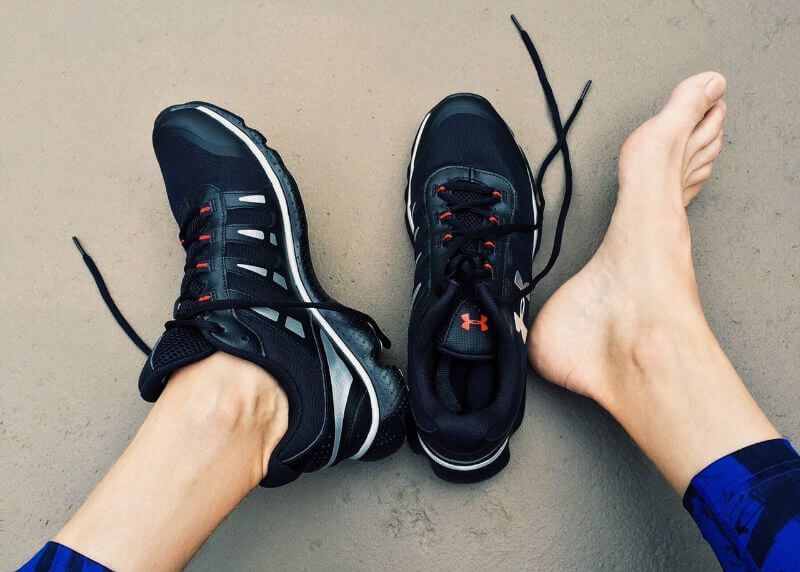Pitted keratolysis isn’t painful for most people so it may be tempting to ignore it if you think you have it. This isn’t a good idea though, as one of the main symptoms is a pronounced and unpleasant smell.
Fortunately, this condition is perfectly treatable, and it may be possible to avoid it altogether if you take a few precautions.
What Is Pitted Keratolysis?
This is a bacterial infection which creates numerous tiny holes, or pits, on the surface of the skin. It’s generally found on the soles of the feet and occasionally between the toes. The pits are particularly prevalent in areas of pressure – heels, toe pads and the balls of your feet.
What Causes the Condition?
Bacteria flourish in moist, warm conditions so sweaty feet provide the perfect breeding ground. This can be the natural result of hot weather, but footwear is often the problem whatever the external temperature. Fully enclosed, non-breathable rubber boots or heavy work boots are often the culprits. Keratolysis is also a common side effect of increased blood sugar, so sufferers of diabetes mellitus are particularly susceptible.
The bacteria produce destructive enzymes which attack the outer layer of skin (the stratum corneum). In effect, the enzymes eat away at the skin to leave a tiny hole or pit.
What Are the Symptoms?
Pitted keratolysis is characterised by clusters of tiny holes, or pits. Most commonly the pits are surrounded by white skin, but there is a variant that presents with areas of angry-looking red skin. The bacteria also produce sulphur compounds, and these are responsible for the unpleasant smell (which can be intense).
If there are numerous pits, they may merge to form large, crater-like lesions. This looks concerning but the condition is rarely painful – the main issue is smelly feet. However, in some chronic cases, sufferers may experience mild soreness or itching when putting pressure on the affected areas. Fortunately, this isn’t very common.
Keratolysis looks more pronounced when the feet are wet so don’t panic when you take off your shoes at the end of the day or get out of the shower.
Who Is Most Susceptible?
Anyone who spends a long time on their feet and wears enclosed, non-breathable footwear can develop this condition – athletes, military personnel, fishermen, construction and factory workers for example. However, it tends to be much more prevalent in men than women.
Can Pitted Keratolysis Be Prevented?
This may depend on your working conditions but there are several ways to reduce the likelihood of it occurring.
- If possible, only wear enclosed footwear for short periods.
- Always wear good quality wicking socks. These keep your feet dry by wicking the moisture away from your skin. They also allow your feet to breathe.
- If your boots are wet at the end of the day, ensure they dry out completely before wearing them again.
- Make sure you have a spare pair to allow time for the first pair to dry.
- Wear sandals if it’s safe to do so.
- Be scrupulous in washing your feet twice a day with soap or antiseptic wash and dry them carefully and thoroughly, including between the toes.
How Can Keratolysis Be Treated?
If you do have keratolysis, antibiotics and antiseptics are the best course of treatment and these need to be prescribed by your GP. However, we can support your treatment with advice about footwear and your general foot health.
Don’t wait until there’s a problem. Talk to an experienced podiatrist at one of our London foot clinics.

